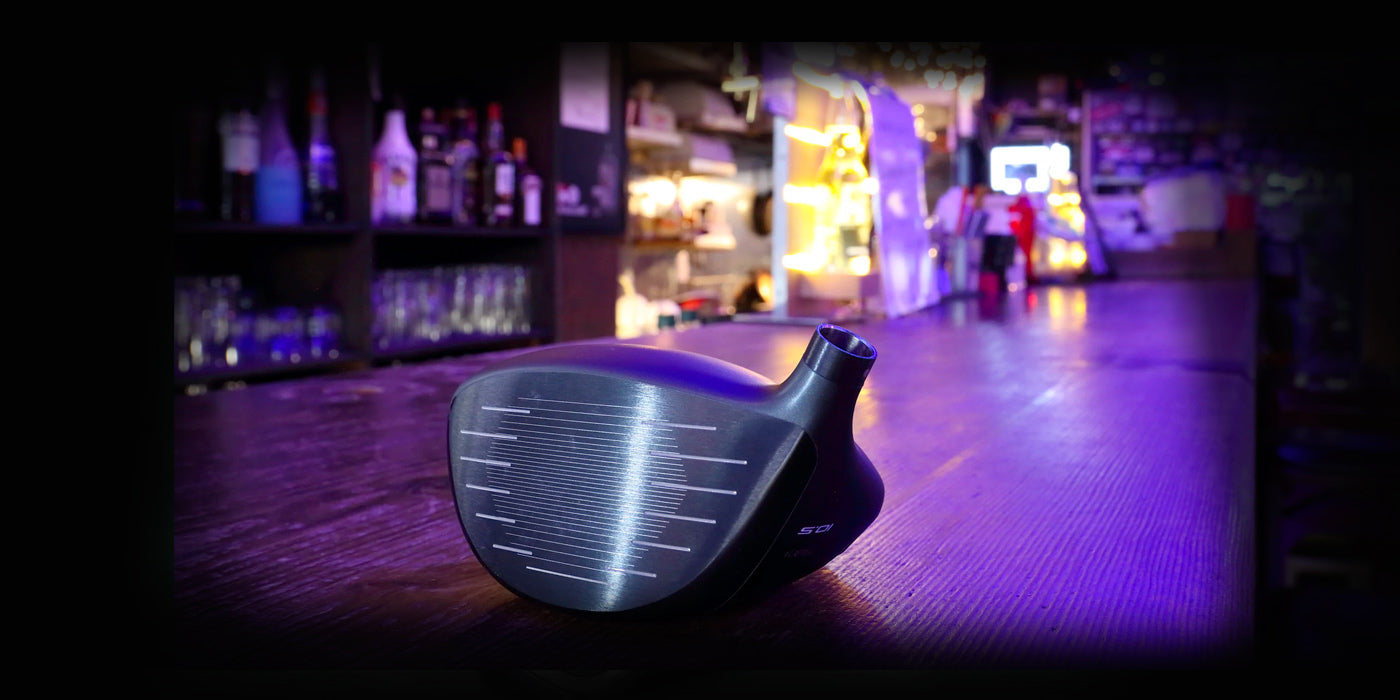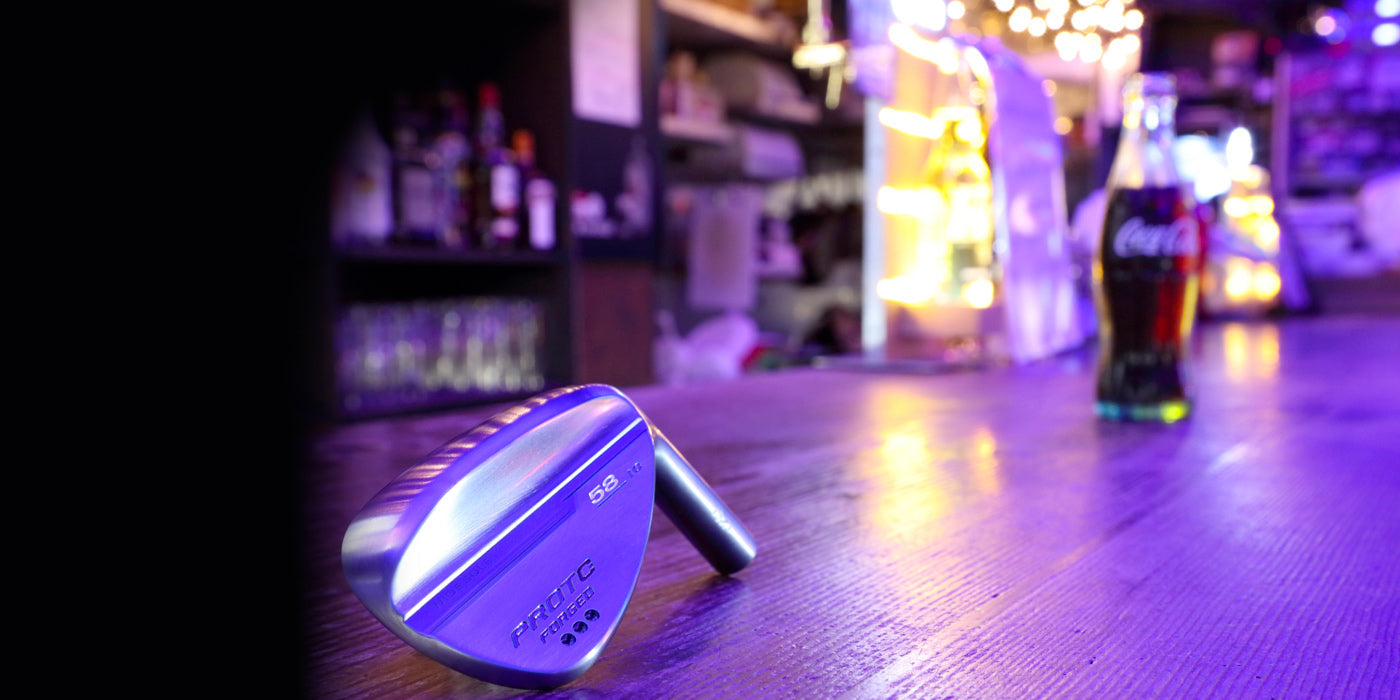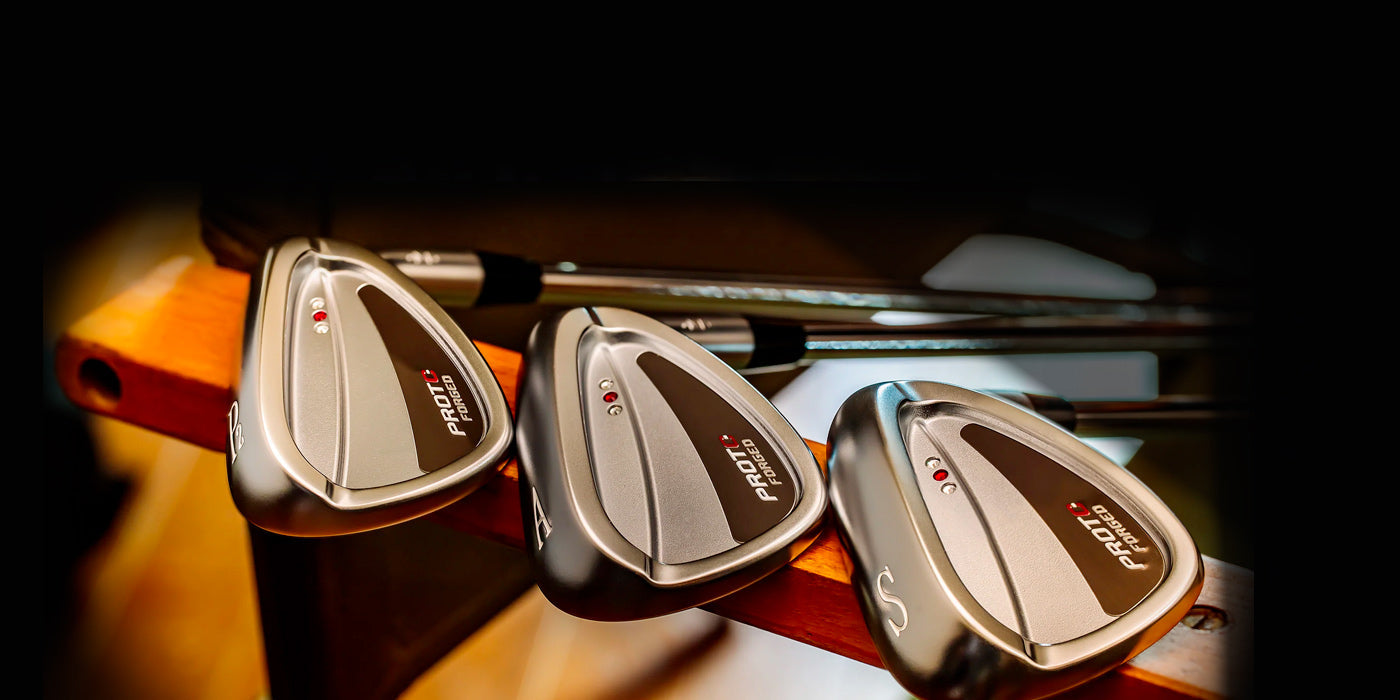
The repulsion coefficient and forged cup faces

The compression and decompression of clubfaces was capped by the rules in 2008. The rules are referred to as the SLE (Spring-Like Effect) rules because of the “springing back” function of the face.
Currently, the rule for repulsive performance is measured by CT value (characteristic time). The upper limit set by the rules is 239μs (microseconds), but in consideration of manufacturing tolerance, a leeway of 18μs is allowed. Therefore, the actual upper limit is 257μs. Many golfers may know this.
Until a few years ago, club manufacturers manufactured drivers with a margin to ensure that the repulsive performance conforms with the rules. It was rare for a head to exceed 230μs, and many heads marked less. This is because targeting beyond that will inevitably exceed the limit due to manufacturing errors.
 Later, as manufacturing accuracy improved, increasingly more manufacturers began to actively go for the upper limit of 257μs, the actual upper limit, let alone the prescribed 239μs limit. As a result, drivers these days have higher repulsion coefficients and more high-rebound areas than before.
Later, as manufacturing accuracy improved, increasingly more manufacturers began to actively go for the upper limit of 257μs, the actual upper limit, let alone the prescribed 239μs limit. As a result, drivers these days have higher repulsion coefficients and more high-rebound areas than before.
However, 18μs means 18 millionths of a second. Controlling that small amount of contact time is not an easy task. Many manufacturers are incorporating various technologies to aim for rebound closer to the limit than before, but margins are set regardless. This is because it would be catastrophic for the manufacturer if they exceed the rules and a recall was to occur.
The PROTOCONCEPT C01D driver’s forged cup face offers a solution to this issue.
"Forging with heat compression" is PROTOCONCEPT’s patented technology for forging from round high-strength titanium rods. This is an unparalleled method of creating complex wall thicknesses in accordance with design values in just one round of forging. This technology achieves high CT values on a wide range of faces as per the design values, leading to commercialization with almost no margin calculation. This brings the quality of manufacturing to a whole new level.

Most drivers nowadays are manufactured by welding a rolled face material from the back to a body that looks as if only the face section has been hollowed out. Amid targeting a difference as small as a few millionths of a second, the welding and polishing processes of their manufacturers generate impact in one way or another. The reason PROTOCONCEPT uses a cup face is that the face itself requires minimal work, and the performance of the face created by ultra-high-precision forging can be utilized as it is, facilitating uniform product precision.

We have named this forged cup face with a complex shape, QUATTRO FORGED FACE. The effect was evident in actual testing, as we have succeeded in producing high initial velocity performance in a wide range of areas, marking very high meet rates that exceed 1.50 many times.
Under the current rules, there are not many drivers that can deliver this level of repulsion performance and precision in the high-rebound areas. Many amateur golfers will be able to experience the benefits of this performance when they hit the ball.
However, face repulsion performance is merely one factor when talking about distance performance. PROTOCONCEPT delivers superior overall performance for many situations. And the C01D is no exception. The advanced proprietary forging technology that no other company can imitate is just an example.
PROTOCONCEPT Brand Producer
Yasufumi Kawasaki




